 [Thirty years ago, in October 1985, I published the following essay in Lens’ On Campus, a magazine directed at high-school and college-level teachers and students of photography, produced in an edition of 100,000 copies and distributed in bulk, free of charge, to such programs. At the time it was one of the few regular platforms available to me.
[Thirty years ago, in October 1985, I published the following essay in Lens’ On Campus, a magazine directed at high-school and college-level teachers and students of photography, produced in an edition of 100,000 copies and distributed in bulk, free of charge, to such programs. At the time it was one of the few regular platforms available to me.
I did so in response to the phase of the already raging “culture wars” that directly affected my field: the neocon effort to dismantle the National Endowment for the Arts program that provided a modest subsidy for projects in art criticism, a form of support that — previously, then, and now — I can only describe as exceedingly rare. — A. D. C.]
•
In the Spirit of Fellowship
The issue of public funding for the arts — or, more accurately, the multitude of issues which are gathered under that umbrella concept — is the focus of widespread debate at present. The Reagan administration, desperately seeking any area other than defense in which to economize, regularly proposes massive cuts in federal funding for the arts. Congress — supported by polls which indicate that the American public strongly supports that funding — consistently beats back the hatchet men. The arts community calls for increases in arts funding, citing everything from the intangible social benefits of art to the tangible economics of the arts as business in support of that demand.
From my standpoint, this part of the argument is fruitless, indeed pathetic. The amounts involved are piddling; dancer/choreographer Merce Cunningham, testifying before Congress, analogized that if you pro-rated the cost of a single nuclear sub according to its length, the annual budget of the National Endowment for the Arts (NEA) represented one foot’s worth. The U.S., where the arts are reduced to fighting over table scraps, lags far behind most Western nations in the per capita amount devoted to the arts, a sad comment in itself. There is no logic to this, especially when the electorate has indicated that it wants things otherwise. Eventually that voice will make itself heard.
In the meantime, the dialogue which currently is most bitter but which promises to be most fruitful is that which engages the more specific question of how public monies for the arts should be allocated. Often foolish, dependably acrimonious, the interchange on this subject at least addresses matters more substantive.
The hottest area of this debate — hottest, perhaps, because those under fire are those whose job is arguing in public over issues of art — is the Art Critics Fellowship program of the NEA. Currently suspended indefinitely, this program, begun in 1972, was recently challenged — principally by conservative forces, with Hilton Kramer as spokesman — on a variety of grounds, including cronyism, ideological bias, even “conflict of interest” (which assumes, oddly, that the production of art and the criticism of it are somehow contradictory rather than symbiotic).
One of those charges, levelled in a report from critic John Beardsley which was commissioned by the endowment, suggested that while the grants “provide a psychological and financial boost to their recipients, there is little evidence that they positively affect the character and quantity of the recipients’ work, and even less that they help to raise the standards of art criticism more generally.” This assertion struck me with particular force because, while I can’t certify the impact of this fellowship program on “the standards of art criticism more generally,” I can speak from first-hand experience about its impact on “the character and quantity” of at least one recipient’s work.
In June 1976 I was notified that I’d been awarded an NEA Art Critics Fellowship (No. R61-41-326N) worth $5000. This was the first such fellowship ever awarded to a critic whose area of specialization was photography; since then, there have been quite a few more. My proposed project (critics, unlike artists, were required by the NEA to indicate specifically what they intended to do with the money) was a book-length critical survey of the grotesque in photography. In a subsequent “final report” required of the program’s fellows, I outlined the consequences of this support on my work as a critic. The following passages are extracted from that report.
•
“… The Art Critics Fellowship granted to me for the 1976-77 period enabled me to set aside the economic necessity of producing “occasional” pieces for a period of time. This made it possible, in turn, for me to concentrate on a more extended project than I had ever undertaken previously in my critical career: research toward a book-length survey of a central contemporary mode of photography.
“My involvement in the research necessary for this study provided me with the opportunity to pull together notes and ideas on this subject from the previous six or seven years. This brought me to the stage where I could begin to sketch out the structure of the book itself, as well as begin to identify the photographers and images I would expect to include. With that in hand, I was in a position to seek — and find — a publisher for the project. The enclosed book [The Grotesque in Photography, Summit Books / Ridge Press, 1977] was the result, in a most direct way, of the support provided me by the Fellowship. My acknowledgement of that, which I assure you was heartfelt, appears on the book’s credits page. [It reads, “Completion of this project was made possible in part by an Art Critics Fellowship from the National Endowment for the Arts in Washington, DC, for which I wish to thank my fellow citizens. I hope it reflects something of their awesome diversity.” — A. D. C.]
“Proud of and satisfied with the book as I am, it is only one of the consequences of that study. [Let me note, for the record, that the book was published in an edition of 15,000 copies, reasonably priced — $20 hardbound, $10 paperback; it’s now officially out of print, and sells for up to $40 at auction and on rare-book dealers’ lists. (That was in 1985; today it lists for more than that.) — A. D. C.]
“Because this was the first (and, still, the only) study of this mode ever undertaken, a number of magazine editors showed interest in the project while it was still in the writing stage. It was possible, as a result, to arrange for the publication of excerpts from the text, timed in relation to the publication of the book itself. These included Camera 35 (circulation approximately 100,000), which used it as a cover story; Afterimage (circulation approximately 8,000), which also gave it cover-story treatment; and Photograph (circulation approximately 5,000), which treated it as a feature story. Copies of these excerpts are enclosed for your files.
“Since the imagery had been gathered for the production of the book, it seemed logical to assemble some of it for presentation in exhibition form. A show by the same title, “The Grotesque in Photography,” opened at the Carlson Gallery, Arnold Bernhard Arts and Humanities Center, University of Bridgeport, Connecticut, in November of 1977; then went to the Neikrug Galleries in New York City in April of 1978; and was subsequently accepted as a traveling exhibit by Art Resources of Connecticut, under whose auspices it was available for two years.
“The book attracted a considerable amount of critical attention, extracts from which are to be found in the enclosed promotional brochures prepared by the publisher. During the production of the book, with the permission of the photographers, I was able to make slides of the images selected for inclusion. These, along with other images not available for the book, were edited into a slide-illustrated lecture for my use in classes, workshops, and public presentations. To date, it has been presented to large audiences at Old Dominion University, Norfolk, Virginia.; the University of Arkansas, Fayetteville; Crealde Arts Center, Winter Park, Florida; New York University; and a number of other locations.
“As new work — or work of which I was previously unaware — which is relevant to this study is brought to my attention, I incorporate it into these presentations and annotate it in my files. Thus I see this as an ongoing, regularly updated project; it is my hope, at some point in the future, to assemble an expanded, revised version of the book.
“I should also add that I was featured as a guest on radio station WBAI, on the show then hosted by Jessica Raimi, and on WNYC-TV, on Casey Allen’s “In and Out of Focus,” in late 1977; both shows centered around the images and ideas in the book.
“In sum, then, the fellowship was instrumental in helping me to complete a significant, controversial work which was my first published book; it served to bring my work — and the work of the photographers included, along with the ideas represented by their imagery — before a wide general audience; it had a highly positive impact on my subsequent professional activity in the spheres of teaching, lecturing, and writing; and the study it helped to sponsor remains an active, ongoing aspect of my critical concern.”
•
There were other benefits as well. Some were quite tangible; for example, royalties from the book provided an economic cushion which enabled me to redefine my relation to the workplace while becoming the custodial single parent of a nine-year-old boy. Others were more ephemeral — first-hand knowledge of the procedures of book production and the workings of the publishing industry, the experience of conceiving and executing a book-length project, a certain professional credibility …
Beyond providing such a description, I’ve no idea how to assist anyone in weighing the “return” on my fellowship — except, in the last analysis, to point them toward the specific work which it helped to support. Certainly I can’t generalize from my experience to that of other recipients of this fellowship, who may have applied the funds to anything at all — learning a foreign language that would enable them to read important critical writings unavailable in translation, paying off creditors so they could concentrate on their work, building a nest egg by investing in the stock market, doing a specific project’s research … Who knows?
Perhaps part of the source of all this uproar is that the tracking process for these particular fellowships has been haphazard: there appears to be no readily available comprehensive public record of exactly what individual projects received funding, which of these were actually completed, or how they were critically received and evaluated upon publication. Certainly the public has a right to ask what it got for its tax money.
Perhaps, too, those of us who have received such fellowships have done a disservice — to the fellowship program, to our colleagues, to the field of criticism itself — by not providing more feedback on our fellowship projects in public forums. The present debacle makes it apparent that modest acknowledgement in a footnote isn’t sufficient. I haven’t read a single final project report by any other NEA Fellow. But, sight unseen, I’m willing to bet that a compilation of all of them would be eloquent, convincing testimony to the program’s impact on the lives and work of American art critics and to the importance of continuing — in some form or another — public support of a field which even conservatives admit is economically marginal at best.
•
[Postscript, October 28, 2015: Right-wing pressure resulted in the eventual termination of the NEA Art Critics Fellowship program, along with its more controversial program of grants to individual artists. Though the conservative forces that attacked the grants to artists could present some evidence that art production at that time enjoyed some degree of financial support, they could muster no such data regarding art criticism, and so relied on other arguments to discredit the program.
The Grotesque in Photography includes duotone reproduction of more than 200 images by Adál Maldonado, Erwin Blumenfeld, Bill Brandt, Brassaï, Robert Delford Brown, Ellen Carey, Paul Diamond, Louis Ducos du Hauron, Allen Dutton, Alexander Gardner, Charles Gatewood, Emmet Gowin, Robert Heinecken, Eikoh Hosoe, Peter Hujar, André Kertesz, Richard Kirstel, Les Krims, Vilem Kriz, Clarence John Laughlin, Michael Martone, Ralph Eugene Meatyard, Duane Michals, William Mortensen, Eadweard Muybridge, Lucas Samaras, Arthur Tress, Jerry Uelsmann, Max Waldman, Todd Walker, Weegee, Edward Weston, and others. While it preceded by several years the emergence of such relevant figures as Joel-Peter Witkin and Andres Serrano, it established a lineage for their work and served, among other things, to spark the revival of interest in such photographers as William Mortensen.
To my surprise and chagrin, 38 years after its publication this book on the grotesque remains the only critical survey of that mode. — A. D. C.]
•
Originally published in Lens’ On Campus 7:5, October 1985. pp. 10-11.
© Copyright 1985 by A. D. Coleman. All rights reserved. By permission of the author and Image/World Syndication Services, imageworld@nearbycafe.com.


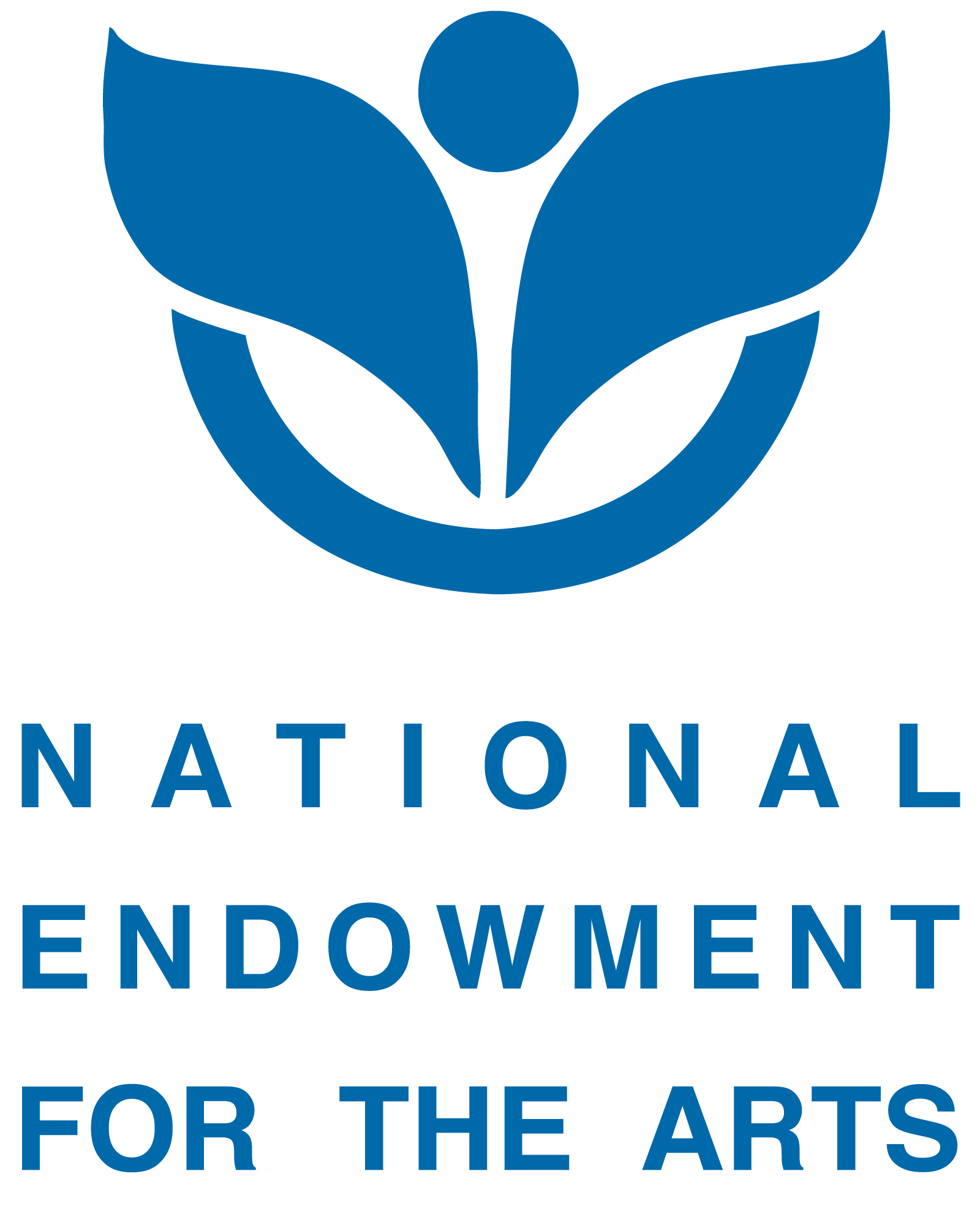
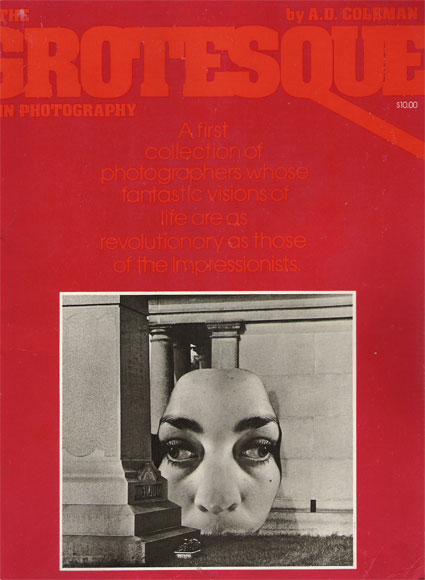
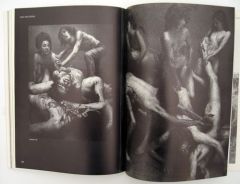
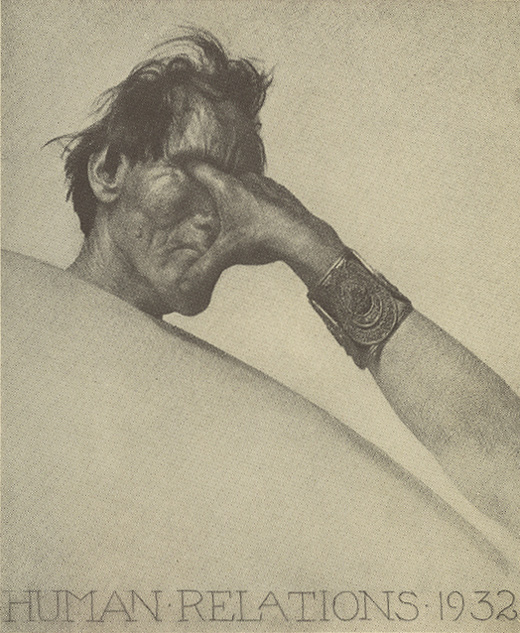
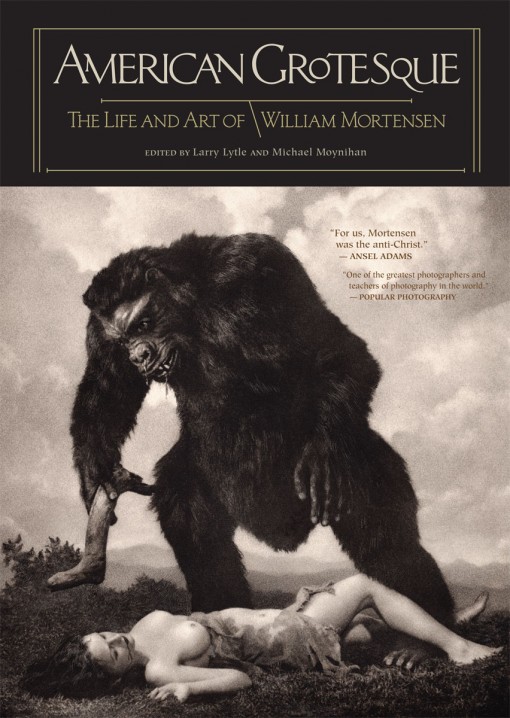




Leave a Comment